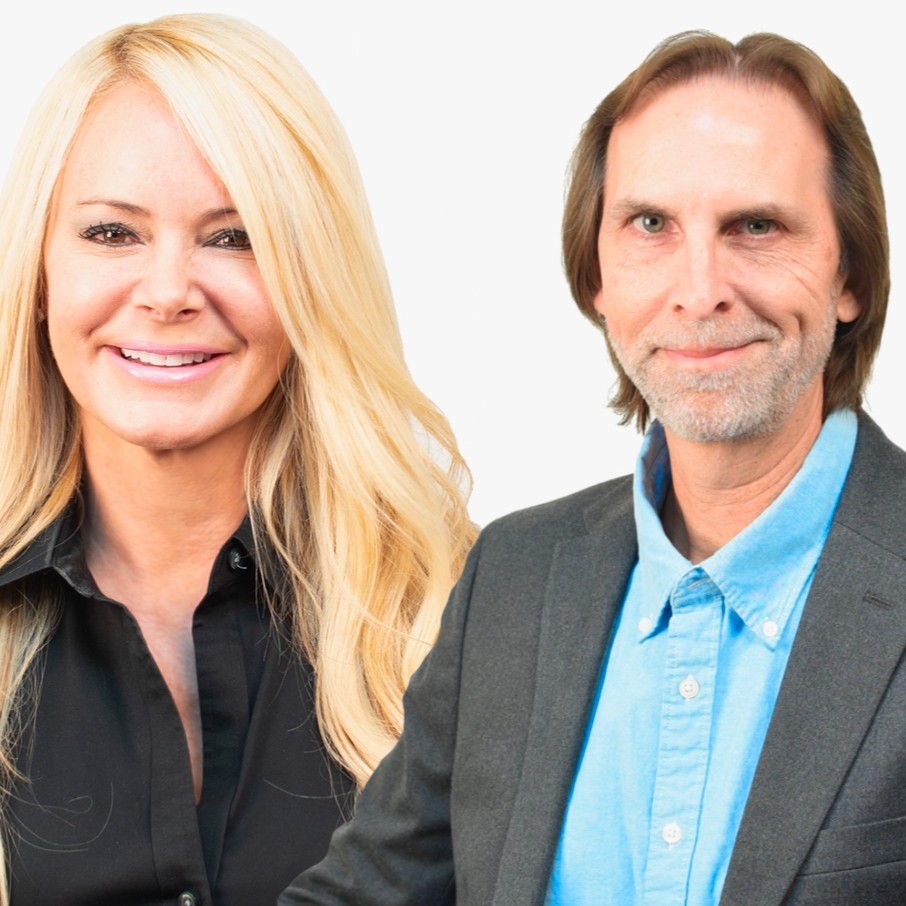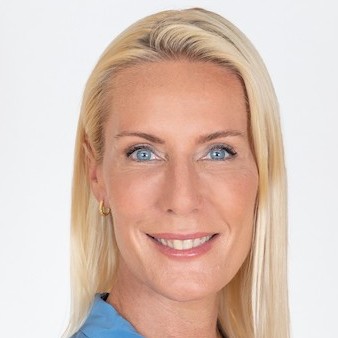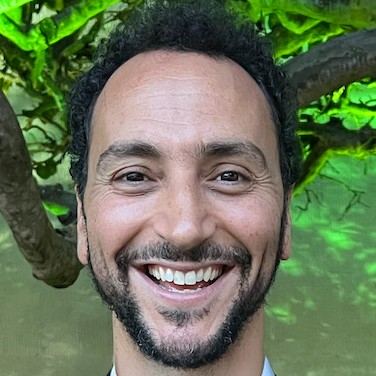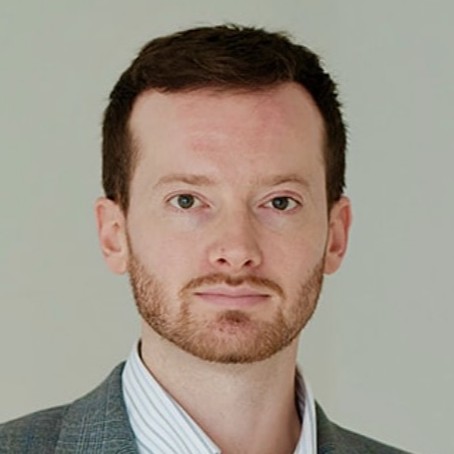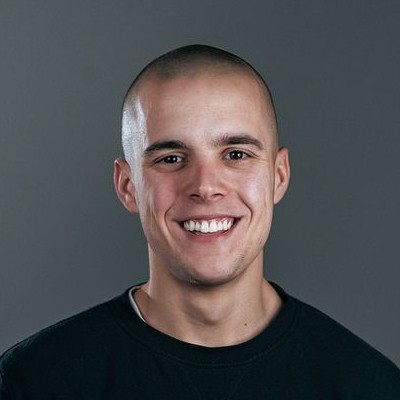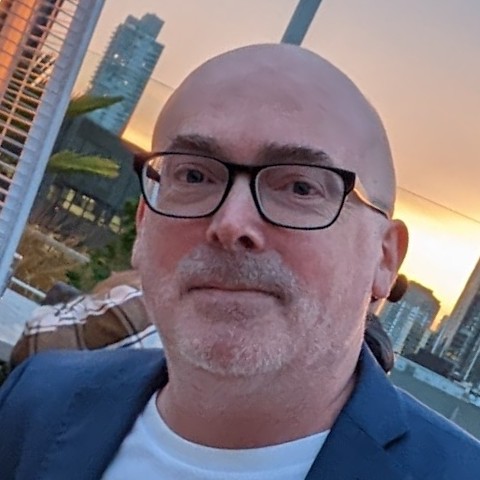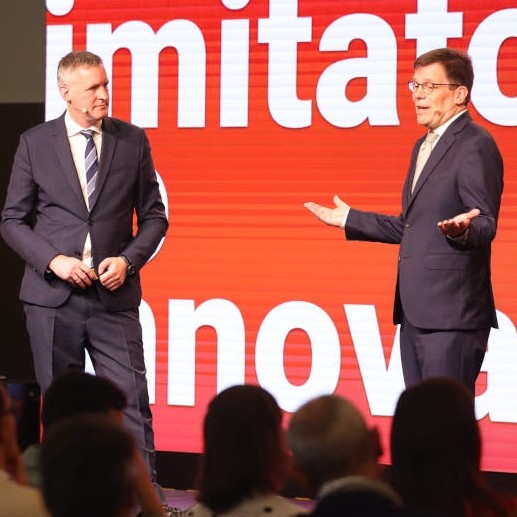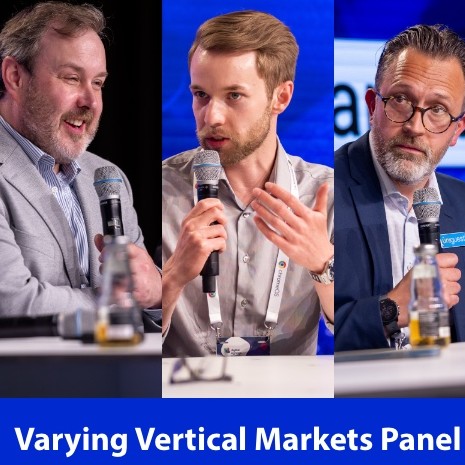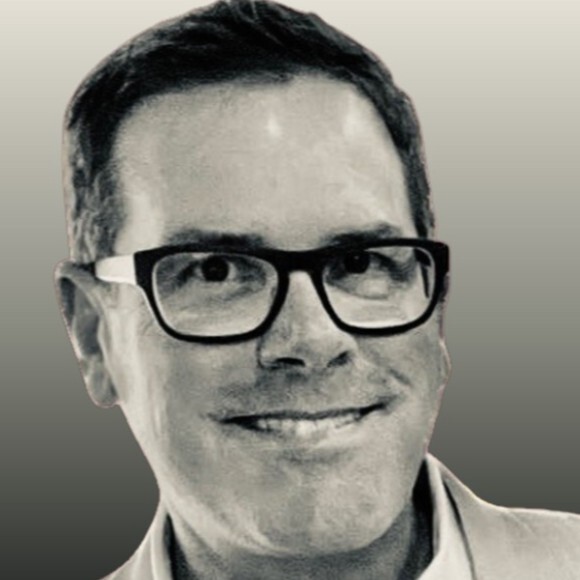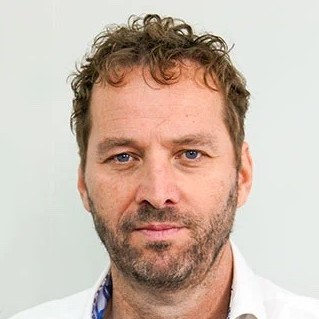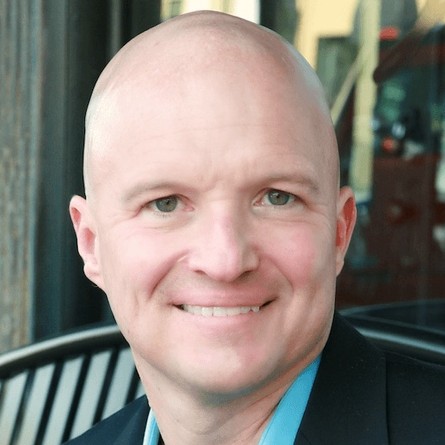Ross Noonan & Larry Zoll, LED Studio
Description
The 16:9 PODCAST IS SPONSORED BY SCREENFEED – DIGITAL SIGNAGE CONTENT
I have invested a lot of time in the last six or seven years trying to educate myself on LED display technology and terminology, but sometimes it feels like I have mountain to climb and I am still at base camp looking for my oxygen bottle stash.
Manufacturers and their marketers keep coming up with new terms and acronyms, and they often play pretty fast and loose with their descriptions and assertions. Exhibit A are all the companies who are marketing microLED products that aren't microLED, and Exhibit B is the crowd of Chinese manufacturers saying they have Naked Eye 3D LED displays, when all of those visual illusions seen on displays lately are the result of clever creative and have nothing to do with the display technology.
So I have a lot of time for a UK company called LED Studio, which has made the conscious decision to educate its customers and broader market, instead of blinding that market with piles of specs and marketing terms that few people understand. The company has resources on its website that explain the technology and clear some of the technical fog, and people who know their stuff, speak openly, and aren't in perpetual Always be Closing sales mode.
I had a great chat about LED technology terms, what's going on in the industry, and what really matters. My guests are Larry Zoll, who runs US operations, and Ross Noonan, the UK-based Technical Sales & Marketing Manager and the guy leading the education effort. The accents will give away who is who.
Subscribe from wherever you pick up new podcasts.
TRANSCRIPT
Larry and Ross, thank you for joining me. Can you give me a quick introduction of who you are and what LED Studio does?
Larry Zoll: I'm Larry Zoll, the president of the LED Studio's operations.
Ross Noonan: I'm Ross Noonan, the technical sales and marketing manager for the LED Studio.
Larry Zoll: We are a UK-based LED display manufacturer with a growing presence worldwide.
So just for clarity, Ross is over in the UK, and Larry is in the United States right now, so they can't look at each other and go, now you talk or whatever.
So, I've known you guys for a while. I've been to your little demo center in London, and I know LED Studio is based in the West of London. I had a good chat with Ross at ISE, and one of the things that really struck home for me was that there was a company that was actually trying to educate the market on more than just their product.
You know, Ross, in particular, was trying to clear the fog through blogging and videos and everything else, explaining to people what this is all about because it's a very confusing little space, is it not?
Larry Zoll: It's a very confusing space. I mean, Dave, you and I have known each other for a long time. I've always been very focused on technology and the education of technology and making sure that people understand what's really out there because it's so confusing.
You know, a big part of our initiatives is making sure that we're able to educate the market and simplify what's out there because for a long time, this has been an alphabet soup of different options and different availability, and really more often than not tends to be more confusing than it needs to be. One of our goals specifically is to help demystify that and help people understand what they need and, almost more importantly, what they don't need to implement successfully an exciting project.
Is it confusing because I'm stupid or… Well, don't answer that!
Or is it just that marketers are trying to outdo each other, so they come up with acronyms and push aspects of their products that maybe don't matter all that much but make them sound special?
Larry Zoll: I'll let the marketer answer that question. Then, I'll give you my perspective.
Ross Noonan: I think you’re definitely not stupid. I think we've got people who have been in LED for a long time, and they even have to get into the nitty-gritty as to why they're offering a product for a particular application.
You know, it is not like any other kind of technology. It doesn't just come out of a box. I know that some brands are going down the all-in-one route, and that's fantastic. It opens up big screens to off-the-shelf items. Still, it's a very small part of the market, and as soon as you move away from that, there are so many different ways to do something with an LED display. There are so many different applications that basically mean that the specs are ripped up and started again. I think I mentioned this on a blog previously. You know, a consultant came to me and said, why can't you just give me a data sheet? And the reason sometimes is that, well, because you've asked for a particular thing, we've got to go away and kind of rip that data sheet up and start from scratch.
Does it need different receiver cards? Does it need to have a different pixel technology? What is the function that you need? Where do you want to see and how do you want to see it? And then we'll go away and create that and that can be confusing, and it's why you're starting to see the emergence of companies like the LED Studio who are taking the time to try and make sure the customer understands why they're buying something and why they need it or why they don't need it and maybe that's a good point for Larry to jump in a little bit more on the sort of the project management side of things, and delivery.
Larry Zoll: One of the things that keeps me very excited about this industry is that it is very high tech and it does move very fast, and that can create some confusion in what the different technologies are capable of and what they're not capable of and why you should choose one thing over another, especially on the indoor, although the outdoor has started to make some big leaps in technology as well.
And I think that allaying that confusion and clarifying that understanding is really the responsibility of the manufacturers, or else it just becomes a mishmash of stuff, and it makes people feel like they're stupid, even though they've been in the industry for as long as anybody else, but it's a lot to stay on top of.
When you're dealing with customers or reseller partners, that sort of thing, are they appreciative of the effort that you're making to kind of explain things as opposed to just kind of blinding them with terms?
Ross Noonan: Absolutely. I mean, we sat down as a business, Larry from a strategic point of view, Rob as the owner, and myself as marketing, and we said right at the start of this two-year journey that we've been on to get the business.
In people's minds, we wanted to be thought leaders and try and educate people on the response to that has been nothing but positive. You know, people are starting to come to say now I understand why I need to specify this particular product. Well, now I know the difference between what a COB pixel means for energy consumption versus an SMD because before, I would look for a diagram, and there would be 100 different versions of what an SMD and a COB pixel look like, and now something that I can digest and understand, and that's been really exciting for us, to see people coming back and feeding back positive information, all the way from consultants to end clients.
Yeah, when I started really actively following this space, SMD was the primary way that these displays were being built and marketed, and then COB came along, I started hearing terminology like four in one and split chip and it just goes on and on.
Is there a dominant, primary technology that is now being made, marketed and demanded by buyers?
Larry Zoll: I think it really depends on the application like you said, but SMD, I'd still say, is the dominant general technology. But there are now a number of variations on SMD that can change the way that you implement it, whether it's GOB that gives you that protective coating, or maybe it increases contrast. You know, it could be a flip chip that reduces power consumption and increases brightness. You know, there are a number of different common cathodes, right? There are so many different ways that you can vary that one technology. Just saying SMD is the dominant technology is a little misleading, but it's a little understated, I guess.
But I think very quickly, we're also starting to see that for the narrower pitches and for micro LED displays, which we define and hope sort of the industry lands on a definition of anything under a pitch of one millimeter, you're starting to see more and more COB and COB is becoming more prevalent because there's more manufacturing starting to happen with it. It's been a challenge for some suppliers to date because of the difficulty in starting up the manufacturing lines and keeping them going. But that's becoming less of an issue. So that's starting to ramp up.
So what's the core distinction between an SMD surface mounted and chip on board or COB?
Ross Noonan: The main thing is that with surface mount diodes, it says exactly how it is. You've got a pixel in a package, which is then mounted onto the PCB. There are a number of components that make up that package.
I guess the biggest difference between the two is that with COB, you're effectively mounting the diodes directly onto the substrate. So you're removing that little building block that mounts onto the PCB. The biggest benefit of that is obviously a reduction in componentry. That means a reduction in resistance, which then has a knock-on effect on heat output so the screen


